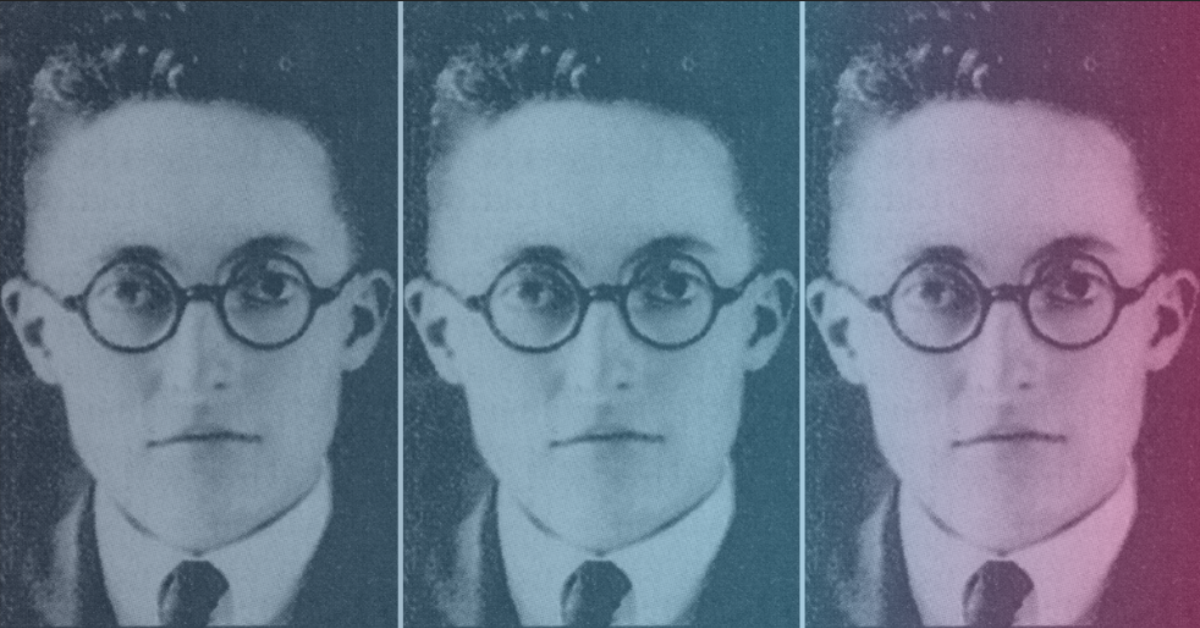In honor of Lesbian, Gay, Bisexual, Transgender, Queer, and Intersex Pride Month (LGBTQI) Pride Month, Hooper, Lundy & Bookman, P.C. is honoring Dr. Alan L. Hart, an early 20th century transgender doctor who saved lives by pioneering the use of chest X-rays to detect tuberculosis.
Dr. Hart was born on October 4, 1890, in Halls Summit, Kansas, as Alberta Lucille Hart. Dr. Hart (who used the pronoun “she” until 1917) was a prodigious learner who excelled at her studies and graduated as salutatorian from her high school. She longed to be a man from a young age, telling her widowed mother that someday she would grow up to be a man who would take care of her.
Dr. Hart attended Albany College (now Lewis & Clark College) and Stanford University, where she enrolled in the premedical department and started the university’s first women’s debate club. In 1917, she graduated with top honors from the University of Oregon Medical School, winning the Saylor medal for her brilliance as the lead scholar in each of the school’s departments.
That same year, Dr. Hart initiated the transgender transition, adopting new clothes and short hair and undergoing a hysterectomy at the University of Oregon Medical School. In February 1918, Dr. Hart began using the name Alan (using the pronoun “he”) and married Inez Stark. In November 1917, he was hired to intern at San Francisco Hospital and later, at a laboratory at Lane Hospital. It was then that a traumatic event occurred, when a fellow Stanford alumnus forcibly outed Dr. Hart as transgender.
The alumnus recognized Dr. Hart from their Stanford days and informed San Francisco Hospital, which led to his sudden resignation and a 1918 Spokesman-Review article entitled “Woman Doctor Parades as Man.”
Over the next several years, Dr. Hart would move throughout the United States, taking whatever jobs he could, from performing operations in remote Montana barns to working as a staff physician at the Albuquerque Sanatorium. The stress of financial insecurity and relocation took a toll on his marriage, and Inez divorced him in 1925. The same year, he married Edna Ruddick, to whom he would remain married for the remainder of his life.
An accomplished novelist, Dr. Hart wrote four novels that focused on medical themes, including The Undaunted in 1936, which featured a radiologist named Sandy Farquhar, a gay man who has been discriminated against, harassed and forced to leave his place of employment due to his sexual orientation.
Dr. Hart’s most vital medical work was in raising awareness of, preventing the spread of, and treating tuberculosis, a disease that carried significant stigma at the time. He worked as a postgraduate physician at the Trudeau School of Tuberculosis in New York, a clinician at the Rockford tuberculosis sanatorium in Illinois, and a radiology master’s student at the University of Pennsylvania. Dr. Hart obtained a master’s degree in public health at Yale in 1948 and together with Edna moved to West Hartford, Connecticut, where he worked as the Director of Hospitalization and Rehabilitation at the Connecticut State Tuberculosis Commission.
Dr. Hart was an expert in early detection of tuberculosis via chest X-rays and was one of the first doctors to document how it spread via the circulatory system, moving from the lungs to other vital organs. He was also tremendously sensitive to the societal stigma of tuberculosis, preferring to call his tuberculosis clinics “chest clinics” and himself a “chest doctor.” He established mobile screening clinics in his capacity as Idaho’s Tuberculosis Control Officer and lectured widely on preventing and treating the disease, emphasizing the need to make the conditions of tuberculosis comprehensible for a general audience. He also authored an important text in the field that is still used today, titled, These Mysterious Rays: A Nontechnical Discussion of the Uses of X-rays and Radium, Chiefly in Medicine.
With the help of synthetic testosterone that became available after World War II, Dr. Hart was able to feel more confident in public appearances and daily life, growing a beard and obtaining a deeper voice.
Dr. Hart died of heart failure in 1962, leaving behind a legacy not only as a doctor who saved countless lives due to his tuberculosis education and treatment, but also as the first documented person to obtain a gender-confirming surgery and today, as a proud icon of transition and choosing your gender, despite intimidating odds.
“I am happier since I made this change than I ever have in my life, and I will continue this way as long as I live[…] I have never concealed anything regarding my [change] to men’s clothing[…] I came home to show my friends that I am ashamed of nothing.”
“Each of us must take into account the raw material which heredity dealt us at birth and the opportunities we have had along the way, and then work out for ourselves a sensible evaluation of our personalities and accomplishments.” –Dr. Alan L. Hart
Sources:
Alan L. Hart — Making Queer History
From the Archives: Dr. Alan Hart • Libraries • Lewis & Clark (lclark.edu)
Dr. Alan L. Hart: physician, transgender and pioneer. (1890-1962) | Montreal Science Centre
